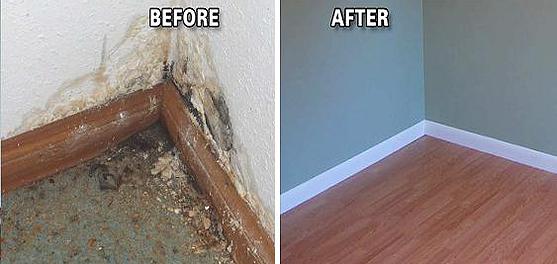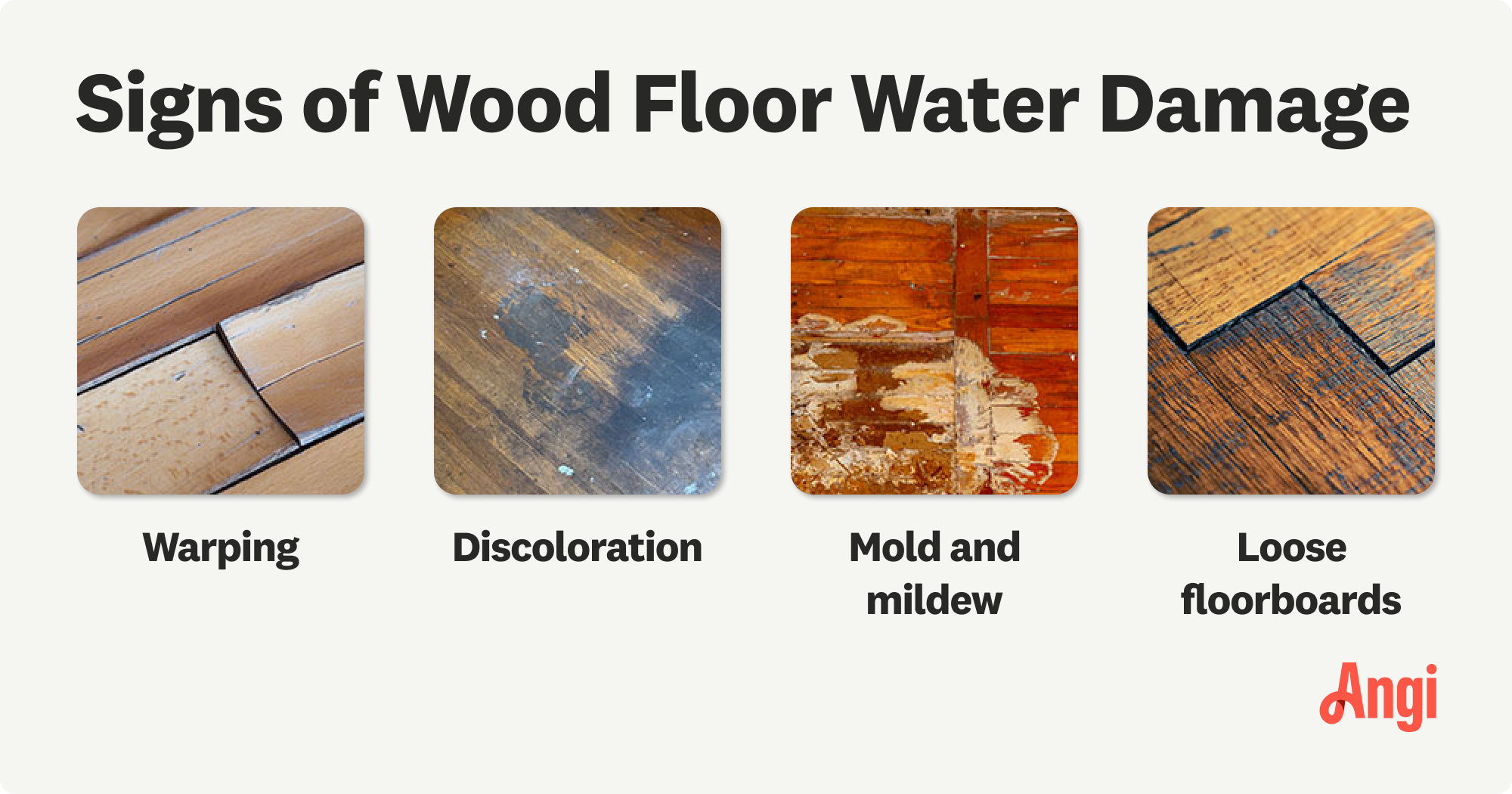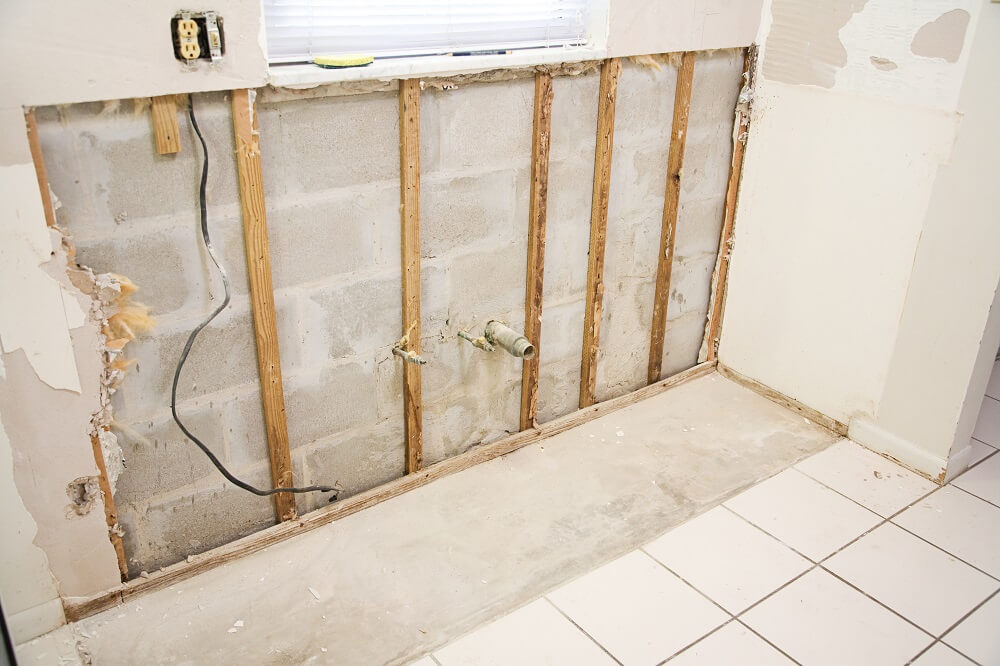What Does Total Home Water Restoration Do?
Not known Incorrect Statements About Total Home Water Restoration
Table of Contents4 Easy Facts About Total Home Water Restoration ExplainedThe 45-Second Trick For Total Home Water RestorationThe Ultimate Guide To Total Home Water RestorationNot known Facts About Total Home Water RestorationAll About Total Home Water RestorationTotal Home Water Restoration Fundamentals Explained

And you must turn off the major water valve if the leakage is bigger or you see standing water. "This major valve is typically inside your home, most likely in your basement or garage, rather near to the water heating system," claims Freeman, that tags the main shutoff for his customers because numerous individuals don't know where it's located.
Switch off the power and call an electrical contractor. If you have a basement, ground water can be permeating in there. Your hot water heater could also be in the cellar. And your kitchen is most likely on the primary degree. While you might not understand if your home is susceptible to water seepage, it's an excellent idea to keep your prized possessions in the top areas of your home simply in situation.
An Unbiased View of Total Home Water Restoration
As pointed out formerly, shut off the power. Wear safety goggles, job handwear covers, long sleeves, and high rubber boots. Place a mask over your mouth and nose to avoid breathing in mold or bacteria. If you're up versus a risky or severe circumstance, it's probably time to call your insurance firm, that will guide you to a specialist mitigator.
If you're not certain you ought to call in a specialist, consider this checklist of courses of water damage: Includes minor damage influencing a small area with restricted moisture. There's very little, less than 5%, water absorption.
Now you're talking concerning the greatest volume of water that's taking its pleasant time vaporizing. Possibly your lawn sprinkler system malfunctioned or your water supply line fell short.
About Total Home Water Restoration
You'll require the large weapons who can do water damage fixing using specific equipment for efficient reconstruction. You may seem like tossing in the towel and currently's the time to do it. Yet that might not suffice. Get out the dehumidifier (or rent one) to gobble the moisture and fans to relocate the air around to completely dry all the influenced locations.
Once your area is completely dry enough, it's time to tidy. Think about hiring specialists if mold is extreme. Tidy initial with water and cleaning agent, then make use of an anti-bacterial or sanitizer.
You need to completely dry water-damaged areas within 24 to 2 days to avoid mold development, according to the EPA. If the damage is very little, consider an expert cleaning company to remove water and assistance protect against mold and mildew growth in between fibers. You can clean up hard, nonporous furniture (glass and metal) with soap and water.
Total Home Water Restoration for Beginners

Repair service or change floor covering based on just how serious the damages is. Repair or change harmed ceiling panels or ceramic tiles, and check for underlying architectural concerns.
Inspect for leaks or damages in pipes and fixtures. A specialist plumbing should make significant pipes repair services. Do not fret that you'll need an expert for every little thing.
Getting My Total Home Water Restoration To Work
A sump pump doesn't let the water degree increase expensive and eliminates the water, sending it far from your home. It's normally situated in the basement. drywall replacement after water damage. You may also buy a water leakage discovery kit, which monitors the flow of water and assists you find a leak in your plumbing
That will certainly minimize the threat of future water damages, he includes. "Water damages is the most usual and pricey catastrophe that individuals experience with their home.
Total Home Water Restoration - An Overview

In the sections ahead, we will certainly cover Water damage can show up in different ways, check here so very early detection is vital. Start by examining your walls, ceilings, and floors for:: Seek yellow or brown discoloration on drywall and ceilings.: Examine floorings for any kind of modifications, particularly in moisture-prone areas like shower rooms and kitchens.: Expect black, green, or white spots, and recognize a musty scent.